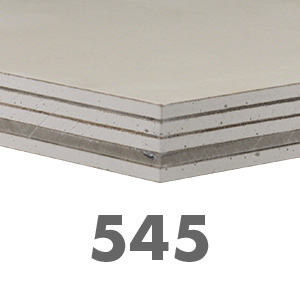I investigated the sheetrock and green glue wall treatment , double thickness plasterboard etc when doing my room.. I decide to adopt another solution
I covered all my walls with panels from acoustic solutions
http://www.acousticsolutions.co.za/
I used a 3" batten with isolated screws for wall mounting the battens and the same for the panels to the battens
I used a 1" isover rockwool of 48kg/m3 density to be behind the panels fitting into the batten gaps
The panels are made of 16 mm veneered mdf , they have slots cut into them for some diffusion/dispersion and the slots are pierced to allow sound to go thru them and be absorbed in the air gap tween them
There is some thin acoustic material behind the panels
My area of coverage is around 50m2 or 500 sq ft ..... I can reduce it by hanging artwork which will effectively block off some of the diffusion and absorption .. so you can tune the room...
If you look at the pics you can see a giant area of ceiling covered by the panels .. was removed as it was pulling the ceiling down.
The rockwool inside the airgap is low density so the room wont absorb so much as to make the room sound dead
The cost was around $100 a sq m including battens , isover stuff and installation
The net effect is amazing .. the room is very quiet now.. but not at all dead .. the treatment made the room isolate itself from the outside in that you can play real loud and the ambient noise floor in the room is very very low.
The comments folk make is how natural their voices sound but how quiet the room is.. if you walk up to the wall , your voice sounds natural till you get close and when right at the wall. your voice almost disappears , like its getting sucked in...
These are NOT bass traps , but they do resonate and the resonance gets damped , so they do remove some bass energy
They are also not broadband or specific absorbers and neither are they diffusers..albeit they do have a bit of both ..
You still have treat the room with bass traps and purpose made diffusers and absorption .. but the start point is elevated.
I use no side treatment with my speakers barring the paneled wall itself , they are far away from the walls and have a very wide dispersion hut do use tube traps and bass traps and absorptive panel behind me
The room treats the music very well , the sound is large scale and has amazing imaging..
. . .


















